For a home scale worm farm, the use of animal manure is totally unnecessary. With one to three worm farms of the style of the Worm Cafe for example, my family of three generates more food than the worms can eat. However, because I have a CFT worm farm and multiple other larger systems I need more food source for all the worms. I sometimes receive kitchen scraps from friends but there are times where I need more. That's where the horse manure come into play. I have access to free fresh horse manure, just 13 minutes from home.
Today, with a friend, we went collecting about maybe 15 large bags of manure, 10 for me 5 for him. Back home we emptied most of the manure into the traditional compost enclosure made of recycled wooden pallets. Having just one enclosure, I only fill it half the height so it is easier for me to turn it for a second heat cycle before feeding the manure to the worms.
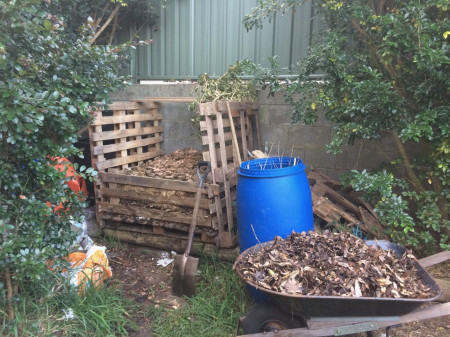
While we were piling up the horse poo, my wife came in the garden and was complaining of the strong smell. A pile of fresh manure will smell very strong, it's way better than the smell of cat or dog poo but it is still overwhelming to walk into the backyard where there is a pile of fresh horse manure. In order to control the smell what I do is generously sprinkle with Zeolite rock dust, it has affinity with ammonia and help trapping it, I then add either a thick layer of sugarcane mulch or partially composted fall leaves. For this time I only have few sugarcane mulch left but a lot of over a month old fall leaves that were composting in a pile. I used 2/3 of the leaves as a base for the horse manure and the remaining third was used as a cover. This layer of partially composted leaves acts as an odour filter, the beneficial bacteria present in it is helping a lot. The strong smell was neutralised almost instantly, my wife could not believe it.
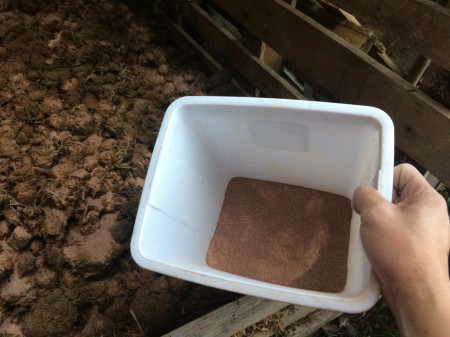
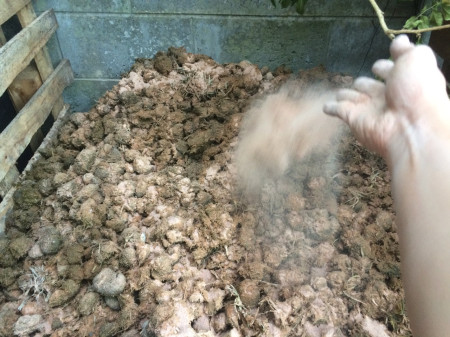
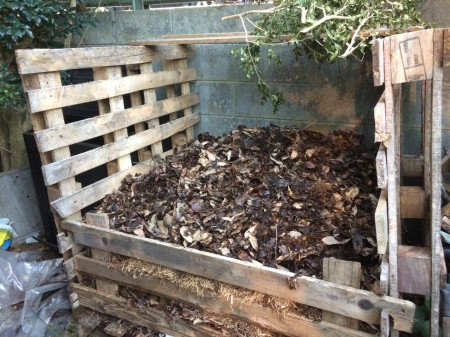
Next step now is wait until the temperature of the core of the pile raises to 55 C (131 F) or a bit more and keep it at that level for three days. I will then have to turn the pile inside out and let it heat up again to the same level for three more days. This process will ensure that I kill potential pathogens in the manure but unwanted weeds. I will then be able to feed the sterilized manure to the worms or the BSF larvae.
I spared a bit of fresh manure to fill several Big Rotters and let them sit the whole winter, they will attract local Blue Worms (Perionyx Spenceralia), Red Worms (Eisenia Fetida) and various earthworms, free worms in abundance. Some of the remaining manure will be left the whole winter and will be used in the garden comes Spring.
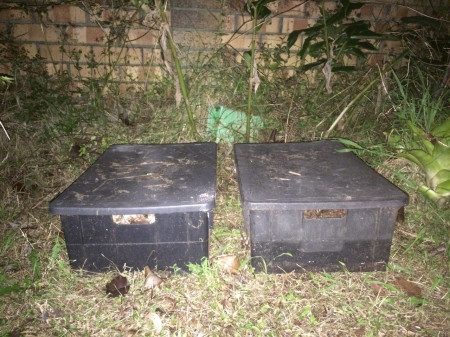
Posted
in
A day in a worm farm on Aug 05, 2017
by Quoc-Huy Nguyen Dinh
